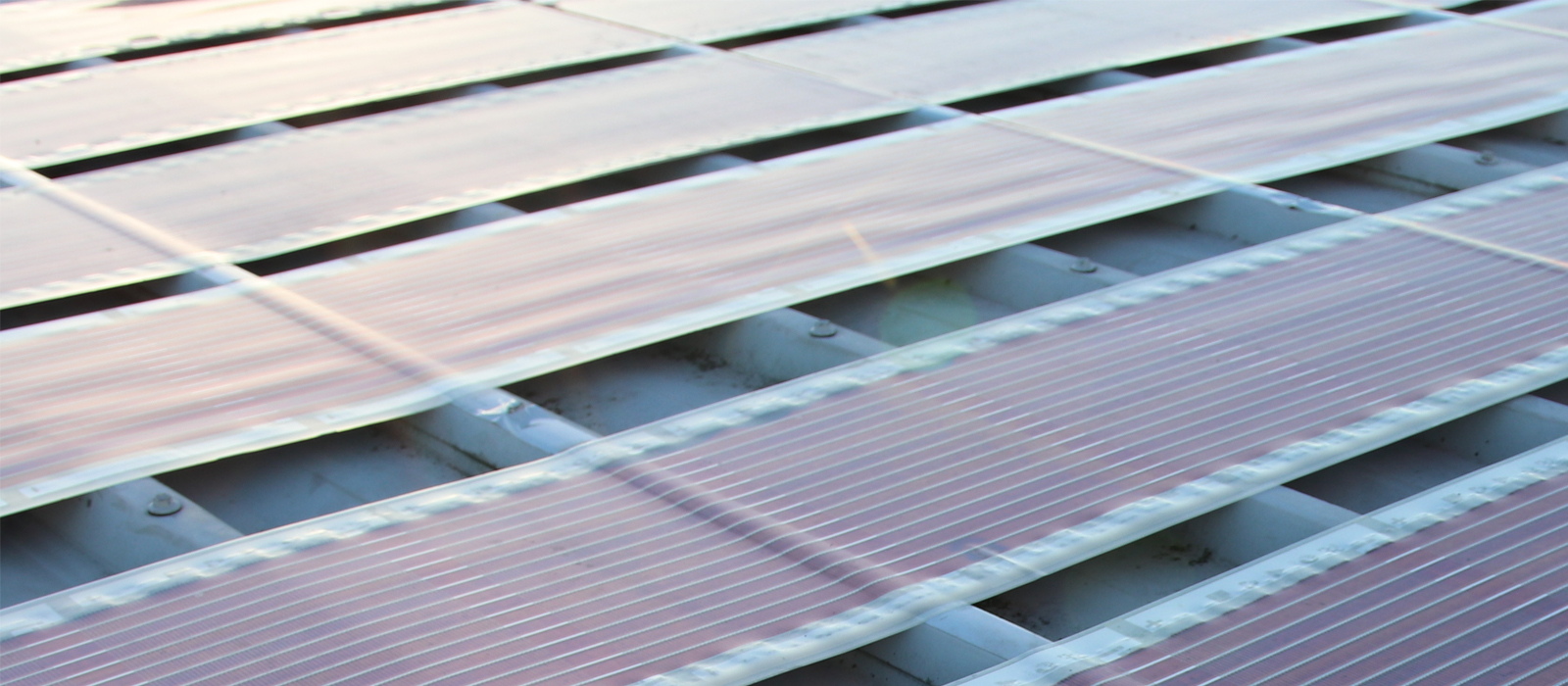
Organic Thin-Film Transistors
Daniel Elkington
Organic Thin-Film Transistors

Thin-film transistors are a type of electronic device which can modulate the current flowing through one part of the device by varying a voltage elsewhere. In fabricating organic thin-film transistors (OTFTs), we replace conventional metallic and inorganic materials with organic alternatives, most of which are in common with the organic photovoltaic devices (OPVs) fabricated in the Centre. The particular types of OTFT fabricated here at the COE have the advantage of operating at low voltages. Recent research at the COE relating to OTFTs focussed on improving the ability of the devices to modulate current by the addition of ions to their polymer dielectric layers. This has already been successfully demonstrated and is the subject of ongoing work.
Sensors
Owing to their low operating voltage, the types of organic transistors discussed above are ideal candidates for being modified to become sensors. Sensors often require detection of small changes in a given parameter to result in a large, easy-to-measure change in an electrical output signal. Enzymes which selectively target a specific molecule and liberate ions electrochemically are well suited to be the recognition element in a sensor, due to the sensitivity of the electrical characteristics of the transistors to the number of ions within them. At the COE, we have demonstrated OTFT-based sensors employing glucose oxidase to detect glucose.
Printed Electronic Components

Taking advantage of the high "processability" of organic electronic materials is important to maximise their benefits when compared with conventional inorganics. The use of additive printing techniques (which both minimise wastage and offer a high degree of control over material deposition) to manufacture organic electronics is a major area of interest to the COE. As well as aiming to print OTFTs, this research aims to enable the fabrication of discrete passive components such as resistors and capacitors, as well as the high-conductivity tracks required for their interconnection.
The University of Newcastle acknowledges the traditional custodians of the lands within our footprint areas: Awabakal, Darkinjung, Biripai, Worimi, Wonnarua, and Eora Nations. We also pay respect to the wisdom of our Elders past and present.